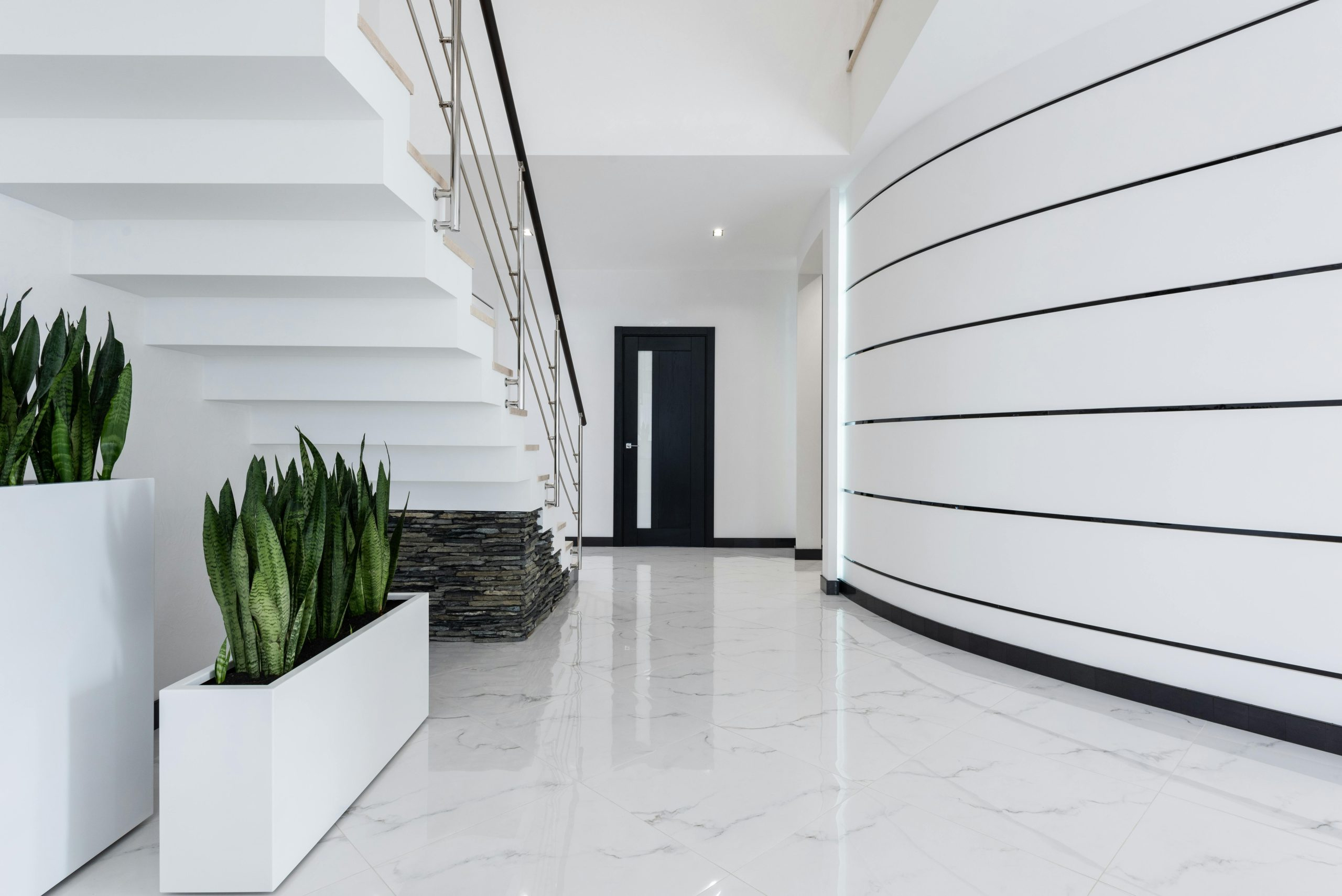Sustainable Housing: Eco-Friendly Home Design and Construction
Sustainable housing is a term that is becoming increasingly popular in the world of architecture and construction. With the growing awareness of environmental issues and the increasing demand for eco-friendly living, sustainable housing has become a key focus for many homeowners and developers. In simple terms, sustainable housing refers to homes that are designed and constructed with the goal of minimizing their impact on the environment while also promoting energy-efficiency and resource conservation. In this article, we will delve deeper into the concept of sustainable housing, discussing everything from design principles to the benefits and challenges of building a sustainable home.
The Importance of Sustainable Housing
The construction and operation of buildings have a significant impact on the environment. In fact, buildings in the United States alone account for 39% of total energy use, 68% of total electricity consumption, and 30% of greenhouse gas emissions. This is why the construction industry plays a crucial role in achieving a more sustainable future.
With the rapid pace of urbanization and population growth, there is an urgent need to find alternatives to traditional building practices. Sustainable housing offers a solution by incorporating principles of sustainability into every aspect of the design and construction process.
Designing a Sustainable Home
Passive Design Strategies
The first step in building a sustainable home is to design it in a way that reduces or eliminates the need for energy-consuming systems. This is achieved through passive design strategies such as orienting the house to make use of natural light and ventilation, choosing energy-efficient building materials, and incorporating features such as shading, insulation, and thermal mass to regulate temperature.
Renewable Energy Sources
In addition to using passive design strategies, sustainable homes also make use of renewable energy sources such as solar, wind, and geothermal energy to power their homes. This significantly reduces the reliance on fossil fuels and decreases the carbon footprint of the home.
Water Conservation
Another essential aspect of sustainable housing is water conservation. This can be achieved through various methods such as collecting and reusing rainwater, using low-flow fixtures and appliances, and landscaping with native plants that require less water. By implementing these strategies, sustainable homes can significantly reduce their water consumption and contribute to the preservation of this precious resource.
The Benefits of Sustainable Housing
The benefits of sustainable housing are numerous and far-reaching. Not only does it help reduce the environmental impact of buildings, but it also brings many practical and financial advantages for homeowners.
Energy-Efficiency
By incorporating passive design strategies and renewable energy sources, sustainable homes are incredibly energy-efficient. This results in lower utility bills and a smaller carbon footprint for homeowners.
Indoor Air Quality
Traditional building materials often contain harmful chemicals that can affect our health. On the other hand, sustainable homes use non-toxic, natural materials, resulting in better indoor air quality. Good ventilation and the use of products that emit fewer pollutants also contribute to a healthier home environment.
Resale Value
Sustainable homes are in high demand and often have a higher resale value. With the growing awareness of environmental issues, more and more homebuyers are looking for homes that are eco-friendly and energy-efficient.
The Challenges of Sustainable Housing
While the benefits of sustainable housing are undeniable, it is not without its challenges. The initial cost of building a sustainable home may be higher due to the use of specialized materials and technologies. However, in the long run, the savings in utility bills and maintenance costs can offset this initial expense.
Furthermore, there may also be limitations in terms of location, as not all areas may have access to renewable energy sources or may not be suitable for certain passive design strategies. However, with advances in technology and growing awareness, these challenges are becoming easier to overcome.
Conclusion
Sustainable housing is undoubtedly the way forward in the construction industry. By implementing sustainable design and construction practices, we can reduce our impact on the environment while also creating healthier and more energy-efficient homes. With continued advancements in technology and a growing emphasis on sustainability, we can look forward to a future where sustainable housing is the norm.











